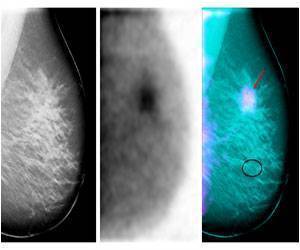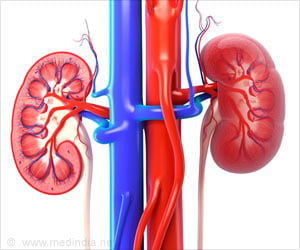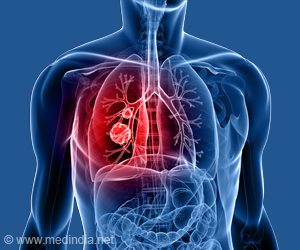Blocking key nutrient, cystine, may help treat aggressive form of breast cancer.
Highlights
- Triple negative breast cancer lacks all hormone receptors making treatment options very limited.
- Cystine addiction is triggered by a mechanism that many kinds of tumor cells use to break away and migrate to new locations in the body.
- The triple negative breast cancer cells were very sensitive to cystine.
- By removing cystine, the triple negative breast cancer cells rapidly died.
Triple negative breast cancer or TNBC lacks three ‘receptors’ known to fuel breast cancer. They are estrogen receptor, progesterone receptor, or the Her2/neu receptors.
Though TNBS responds to chemotherapy, it does not respond to receptor targeted treatments.
The most successful breast cancer therapies target two of three receptors commonly found in tumor cells, but triple negative breast cancer cells lack all three.
In United States, breast cancer is the most common type of cancer that affects women after skin cancer. According to the American Cancer Society, the breast cancer estimates for 2016 are
- Around 246, 660 new cases of invasive breast cancer.
- Around 61,000 news cases of non-invasive breast cancer.
- An estimate of 40,450 women will die from breast cancer.
By examining the cause of cell death, they found that this"cystine addiction" is triggered by a mechanism that many kinds of tumor cells use to break away and migrate to new locations in the body.
"This is great news, because these are the cells that we really want to get rid of." added Jen-Tsan.
The results indicate that blocking cystine uptake may be an effective way of treating not only triple negative breast cancer, but other aggressive cancers that use this pathway during metastasis. The study appears online in Oncogene.
Some studies have hinted that these cells cannot survive without cystine, a molecule built from two copies of the amino acid cysteine linked together.
Nutrient Deprivation Test
The researchers submitted both triple-negative and estrogen-positive breast cancer cells to a nutrient deprivation test: growing batches of each cell type in a series of different growth media, each missing just one out of 15 key amino acids.
Most of the cells showed little reaction to these small changes in diet, Chi said. But there was one notable exception.
The triple negative breast cancer cells were very sensitive to cystine. So if you removed cystine, they just rapidly died, while the other breast cancer cells didn't care.
Cystine addiction is linked to a process called the epithelial to mesenchymal transition (EMT), that allows stationary epithelial cells, to transform themselves into roving mesenchymal cells.
The triple negative breast cancer cells, along with a number of other types of cancer cells, tap into this process to break away from their neighbors and metastasize to spread throughout the body.
But it appears that this process also triggers a cellular signaling pathway that leads to rapid death as soon as cystine is not available.
"We found that this transition between epithelial and mesenchymal basically opens up a signaling difference that makes the cells very vulnerable to cystine deprivation, leading to death," Chi said. "It is almost like EMT is opens up a whole highway system (for cystine-mediated death), and therapeutically this could be very useful because there are actually compounds to block this."
Chi says the team is now in the process of testing out these cystine-blocking molecules on tumors and searching for biomarkers that will help identify when cancers are likely to respond positively to this treatment.
References
- What are the key statistics about breast cancer? - (http://www.cancer.org/cancer/breastcancer/detailedguide/breast-cancer-key-statistics)
Source-Medindia















